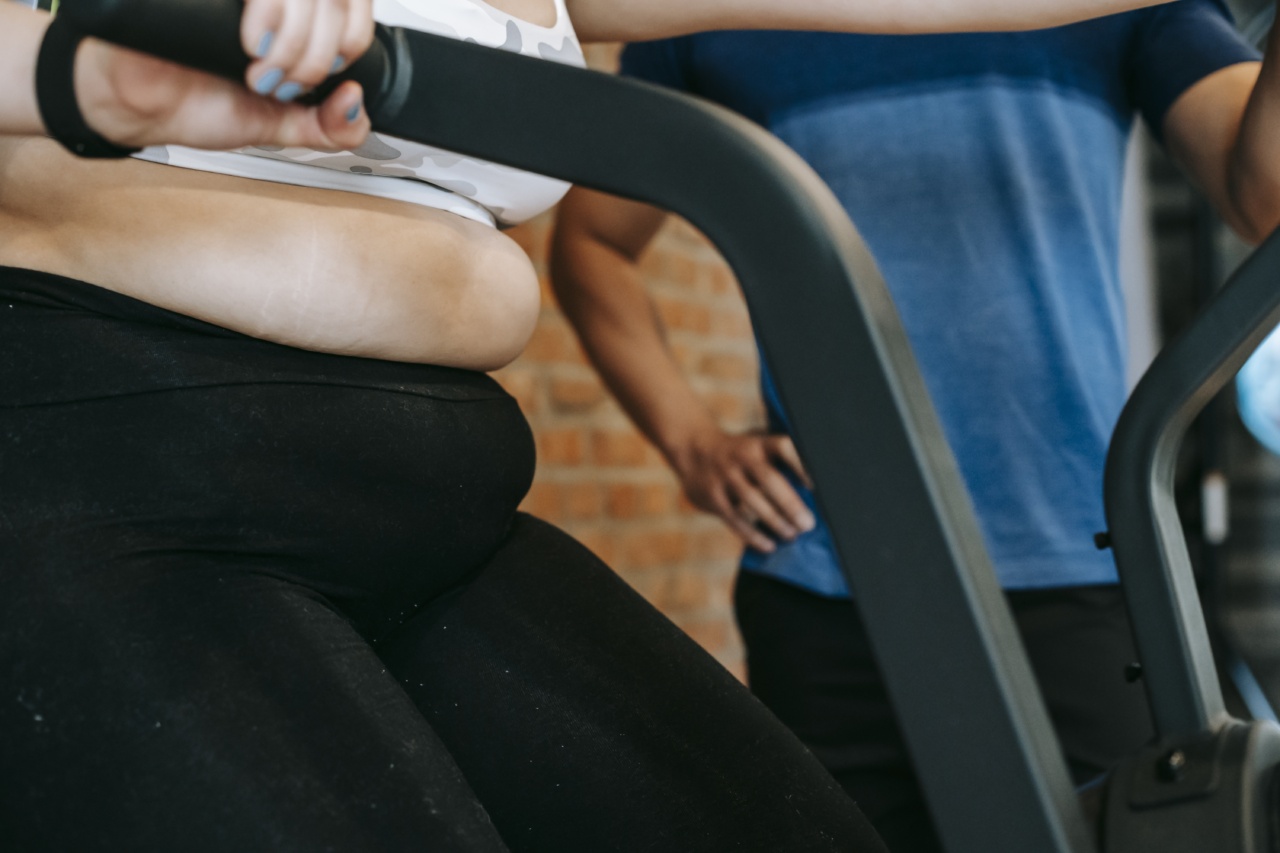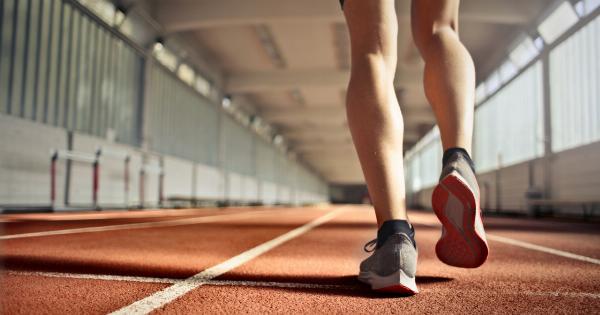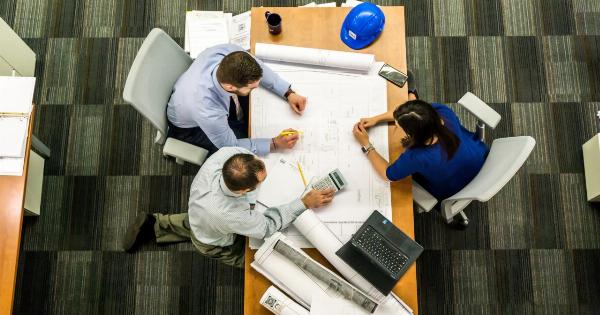Physical deformity disorder is a condition characterized by abnormalities in the structure or form of various body parts. These abnormalities can be present at birth or can be acquired later in life due to injury, illness, or other factors.
Physical deformities can affect people in different ways, ranging from mild to severe, and can have significant physical, emotional, and social impacts on individuals.
Causes of Physical Deformity Disorder
Physical deformity disorders can have several causes, including:.
Genetic Factors
Some physical deformities are caused by genetic factors. Certain gene mutations or inherited conditions can lead to abnormalities in the development of specific body parts.
Examples include conditions like cleft lip and palate, polydactyly (extra fingers or toes), or syndactyly (webbed fingers or toes).
Environmental Factors
Exposure to certain environmental factors during pregnancy can contribute to physical deformities in infants.
These factors may include maternal use of drugs, alcohol, or tobacco, exposure to toxins or radiation, or certain infections during pregnancy, such as rubella or Zika virus.
Developmental Factors
Problems in the fetal development process can also lead to physical deformities. Interruptions in the normal development of specific body parts or systems can result in malformations or abnormalities.
Examples include spina bifida, clubfoot, or congenital heart defects.
Acquired Causes
Sometimes, physical deformities can be acquired later in life due to various reasons, including:.
Injury or Trauma
Severe injuries or trauma, such as burns, fractures, or amputations, can cause physical deformities. These deformities often occur due to damage to tissues, bones, or nerves, leading to altered structure or function of the affected area.
Medical Conditions
Certain medical conditions, such as arthritis, scoliosis, or muscular dystrophy, can cause progressive physical deformities over time.
These conditions affect the musculoskeletal system and can result in abnormal curvature of the spine, joint deformities, or muscle wasting.
Types of Physical Deformities
Physical deformities can affect various body parts and come in different forms, including:.
Limb Deformities
Limb deformities involve abnormalities in the arms, legs, hands, or feet. Examples include conditions like clubfoot, where the foot is twisted out of shape, or limb length discrepancies, where one limb is shorter than the other.
Craniofacial Deformities
Craniofacial deformities affect the skull and face. These can include conditions like cleft lip and palate, which involve incomplete fusion of the lip or roof of the mouth during development, leading to a visible gap.
Skeletal Deformities
Skeletal deformities pertain to abnormalities in the bones and joints.
These can range from mild conditions such as scoliosis or kyphosis (abnormal back curvatures) to more severe conditions like osteogenesis imperfecta, a genetic disorder causing brittle bones.
Neurological Deformities
Neurological deformities arise from problems in the nervous system. Spina bifida is a common example, characterized by incomplete closure of the spinal cord and vertebrae during development, leading to varied degrees of physical disability.
Treatment Options
Treatments for physical deformity disorder depend on the type and severity of the condition. Some common treatment options include:.
Surgery
In many cases, surgical intervention is necessary to correct or modify physical deformities.
Techniques can range from relatively simple procedures, such as repairing a cleft lip, to complex surgeries involving bone realignment, tissue reconstruction, or joint replacement.
Physical Therapy
Physical therapy is often a crucial aspect of the treatment plan for individuals with physical deformities. It aims to improve mobility, strength, and function through targeted exercises, stretches, and other techniques.
Assistive Devices
In some cases, assistive devices like braces, prosthetics, or orthotic devices can help individuals with physical deformities achieve better mobility and independence.
Psychological Support
Living with physical deformities can have significant psychological and emotional impacts. It is essential for individuals to receive appropriate counseling or therapy to address any self-esteem issues, anxiety, or depression that may arise.
Conclusion
Physical deformity disorder encompasses a broad range of conditions affecting various body parts. These deformities can arise from genetic, environmental, developmental, or acquired causes.
Proper diagnosis, early intervention, and comprehensive treatment plans can help individuals with physical deformities lead fulfilling lives by addressing both the physical and psychological aspects of their condition.




























